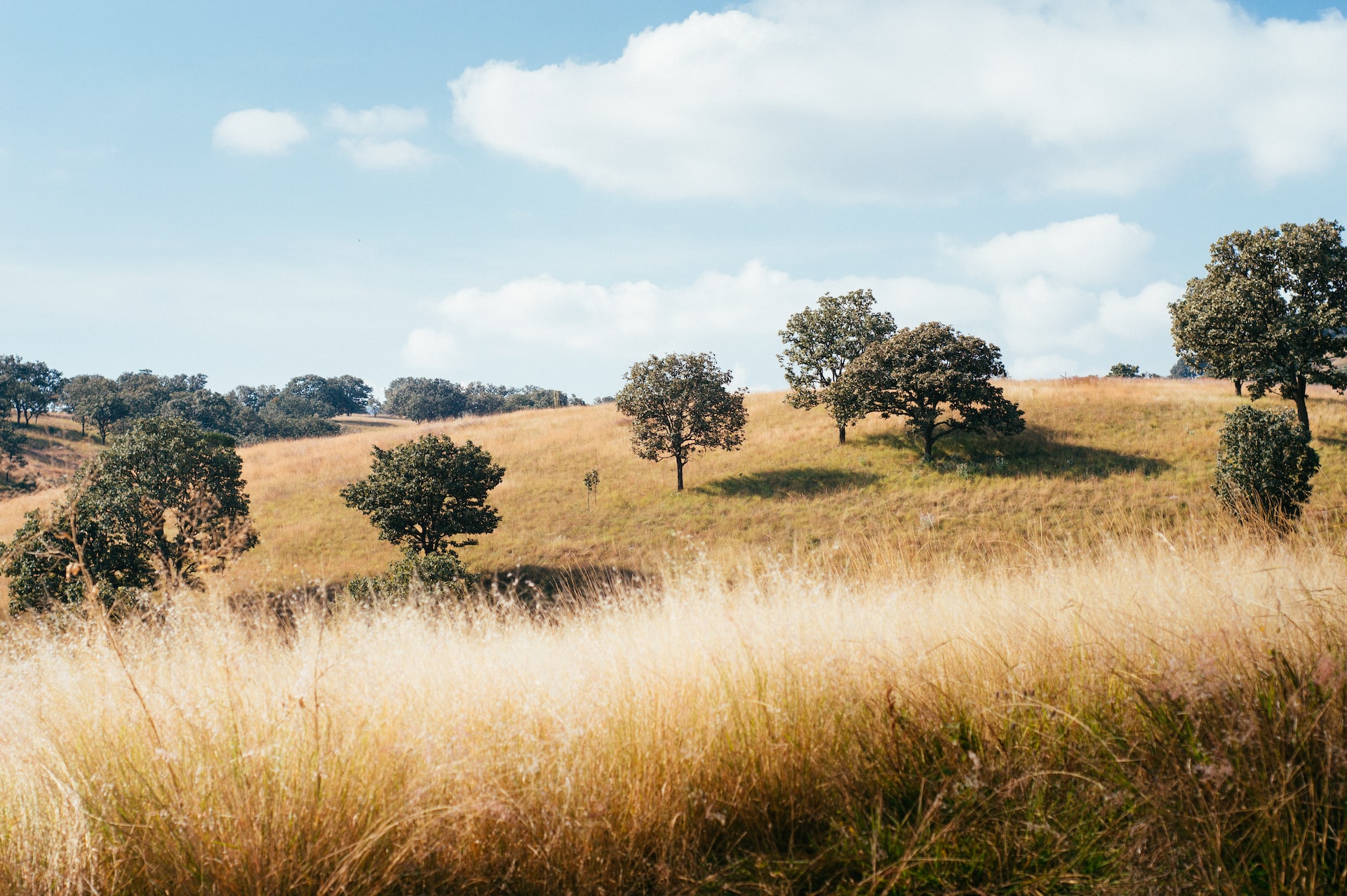
By Alejandra Blanco, former Director of the Environmental Fund, State of Jalisco, Mexico
Biodiversity offers enormous value to the economy and society of the Mexican state of Jalisco. The state is one of the most populous and economically thriving states in Mexico, and one of the most biodiverse with 4 million hectares of forests covering over 50 percent of the state. The health of our biodiversity, the economy and the citizens go hand in hand.
The state has also developed new conservation schemes, such as the biocultural landscape, which have led to a boost in nature-derived entrepreneurship. Other programmes, such as the ecosystem services programme fund, also serve as a catalyst for conservation. Both these schemes are legislated under the State Law of Ecological Balance and Environmental Protection and are a clear result of the movement to safeguard our natural capital.
Jalisco has seized opportunities to handle budgetary challenges caused by the pandemic. Despite designated biodiversity and forestry funds, financing gaps continue to hinder the creation of new, innovative financial solutions. The four specialized public funds (agricultural, environment, entrepreneurship, and forestry) were working in isolation, duplicating activities and missing opportunities to create state-wide projects. Also, the funds’ focus on development of productive sectors, sustainable use of resources, and economic development of micro and small businesses, meant the potential for mainstreaming biodiversity was present but untapped. The Ministry of Finance was not aware of the funds’ potential to channel additional resources for environmental initiatives. The state has a clear long-term plan to link its biodiversity strategy with sectoral policies.
Other areas being prioritized to achieve the state’s goals are: the REDD+ state strategy; the protected areas programme; the sustainable forestry development programme; the fire management programme; the comprehensive waste management programme; and the climate change strategy.
BIOFIN helped map all available financial mechanisms in the state, and began implementing biodiversity finance solutions. One solution was to link the main public funds and create overarching common objectives, indicators and goals aligned to the SDGs.
Thanks to this work, the four funds are now well aligned. Each programme complements the others, financing activities related to each specific area while working towards the same common goal. An excellent example of this new alignment was the programme for conversion to sustainable livestock, which saw: the Agriculture Fund financing protein banks; the Forestry Fund financing tree nurseries; and the Environmental Fund financing implementation of new sustainable practices.
Other examples of convergence include: the Entrepreneurship Fund providing livestock producers with access to credits; financial cooperatives and micro-finance organisations developing initiatives to access credit; the Agriculture Fund financing subsidies related to sustainable activities; the forage management programme; and the Environmental Fund assisting with forestry carbon bonds.
Another strategy planned in partnership with UNDP is the ongoing establishment of a Green Investment Office in the Ministry of Finance to create investment strategies to achieve state priorities and mechanisms to align budgets. The new office will propose the most efficient financial instrument to channel resources such as public-private partnerships, matching funds, issuance of thematic bonds, hybrid and fiscal mechanisms, tax offsets and sustainable practice incentives which will all ensure biodiversity positive impacts.
'This alignment and mobilization strategy will be particularly relevant since Jalisco is an active member of Regions4 and the Advisory Committee on Subnational Governments and Biodiversity, a CBD official structure.
This focus on environmental investments will translate into clear benefits for the population such as green infrastructure in cities, reduction in pollution, more and better environmental services, and quality of life improvements.
BIOFIN also helped structure and align ministry budgets by detailing current biodiversity investment amounts and the areas in which they are invested.
Results include the Entrepreneurship Fund’s green finance program, which provides credits for green small and medium-sized enterprises, and the budgetary alignment of environmental areas within the Gender Equality and Social Assistance ministries.
In Jalisco, environmental governance and community work is not as established as in other states, such as Oaxaca or Yucatán, making the achievement of biodiversity entrepreneurship goals more complicated. Despite this, the launch of a blended bioeconomy finance pilot will benefit at least 30 local entrepreneurs and provide access to non-refundable and debt finance from three different sources – a huge outcome for both the state and UNDP-BIOFIN. In San Sebastián del Oeste a group created by women produces diverse products based on native and creole maize. Some of the products they offer are tortillas for tacos, pipián (a sauce traditionally made with squash seeds), totopos and ponteduro (a snack made from toasted maize and other seeds). Their business already has the infrastructure and equipment necessary to start commercializing beyond their local markets. However, they currently lack the means to access bigger markets such as major tourist destination Puerto Vallarta.
In conclusion, biodiversity priorities are now being addressed through resource mobilization and budgetary efficiency which have reduced the biodiversity finance gap in Jalisco. The state will continue to work closely with international organizations like BIOFIN, ministries and community groups to close the gap further and continue to be a flagship state for the fulfilment of Mexico’s international biodiversity commitments.
-
This story was published in the UNDP-BIOFIN's "Investing in the Planet’s Safety Net: Stories from the Field", a collection of eleven stories authored by partners from across the world.
Categories
Archives
- February 2025 (2)
- January 2025 (5)
- December 2024 (4)
- November 2024 (5)
- October 2024 (14)
- September 2024 (6)
- August 2024 (9)
- July 2024 (7)
- June 2024 (3)
- May 2024 (6)